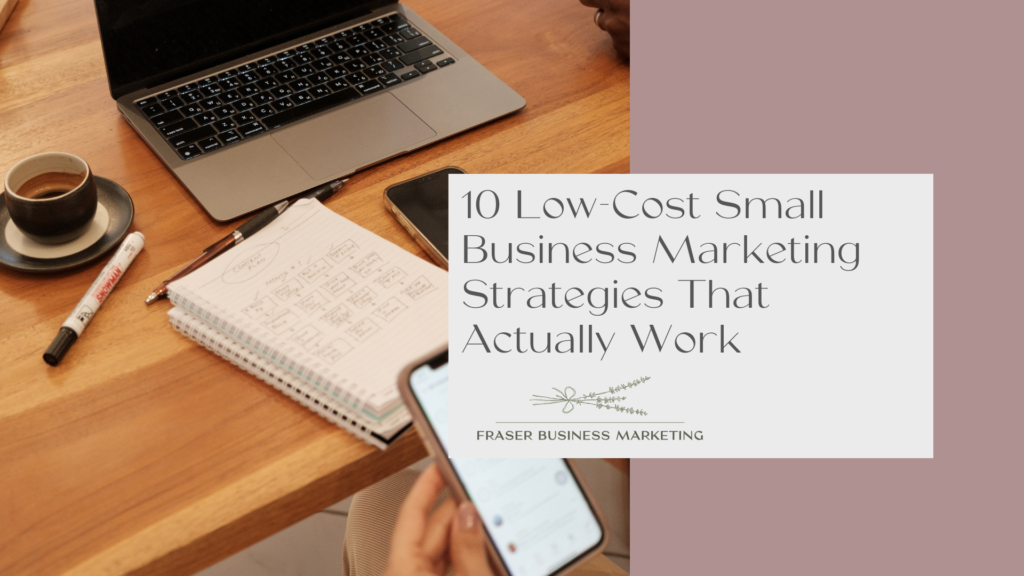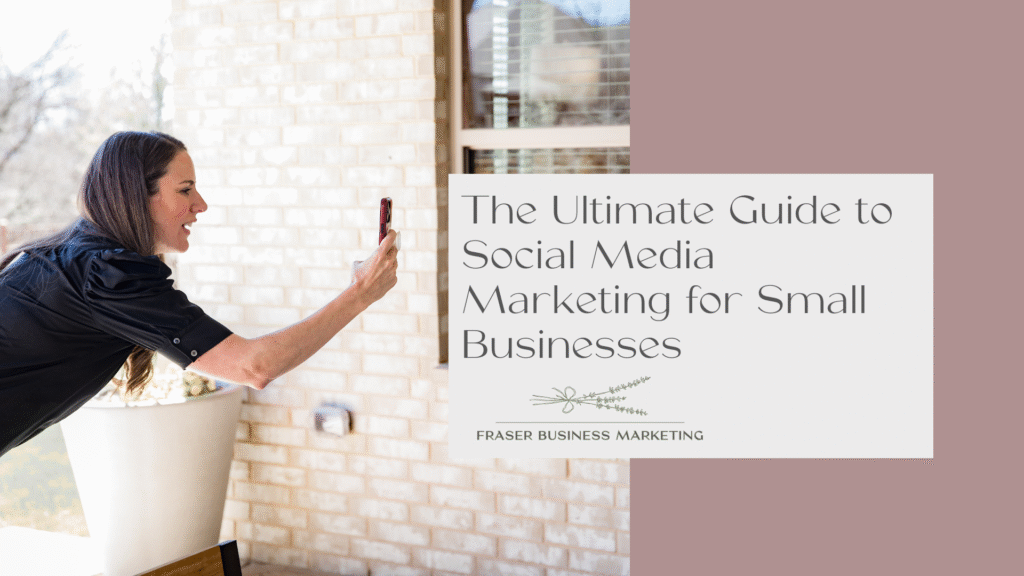Email Is Still King — Here's How to Make It Work for You
Despite all the noise on social media and the rise of new platforms, email marketing remains one of the highest-ROI strategies available to small businesses. Why? Because your email list is yours—you’re not renting space from an algorithm. And when done right, email can build loyalty, drive consistent sales, and keep your brand top of mind.
Here are practical, no-fluff email marketing tips every small business owner should know (and actually use):
1. Start With a Strong Lead Magnet
People need a reason to give you their email address. Offering something valuable in exchange—like a discount code, a helpful checklist, or a free mini guide—can make all the difference.
Example: “Get 10% off your first order” or “Download our free local business marketing checklist.”
2. Use a Reliable Email Platform
Choose an email marketing service that’s built for growth. Tools like MailerLite, Flodesk, ConvertKit, or Klaviyo make it easy to send beautiful, professional emails without a tech background.
Look for: Drag-and-drop editors, automation features, sign-up form integration, and reporting.
Add Your Heading Text Here3. Keep It Simple and Skimmable
Your audience is busy. Use clear subject lines, short paragraphs, bullet points, and one call-to-action per email whenever possible. Think mobile-first: over 40% of emails are opened on a phone.
Instead of: “Here’s our full product line and company history…”
Try: “New arrivals you’ll love + free shipping inside.”
4. Be Consistent—but Don’t Overdo It
Showing up regularly keeps your audience engaged, but blasting them daily? That’s a fast track to the unsubscribe list. Most small businesses do well with one email per week or a few times a month.
Pro Tip: Create a simple email calendar with content themes: promos, tips, behind-the-scenes, or customer spotlights.
5. Segment Your List
Not all customers are alike, so don’t treat them that way. Segment your audience by interest, behavior, or location to send more targeted, relevant messages.
Example: Send one email to first-time customers, and a different one to VIP repeat buyers.
6. Focus on the Subject Line
The subject line is the gatekeeper. Make it short, relevant, and curiosity-driven. Avoid clickbait—but give people a reason to open.
Try:
“You’re going to want this deal.”
“We saved you a spot…”
“3 things every [type of customer] needs to know.”
7. Always Include a Clear CTA
What do you want your reader to do next? Click a link? Use a discount? Follow you on Instagram? Make it obvious.
Call-to-action tips: Use buttons, bold links, or even P.S. lines to highlight your ask.
8. Monitor Your Metrics
Open rates, click-through rates, and unsubscribes tell you what’s working (and what’s not). Don’t obsess, but do pay attention. If no one’s opening your emails, it’s time to tweak your subject lines or send time.
Quick benchmark: A healthy open rate for small businesses is usually between 20–30%.
9. Automate the Basics
Set up at least one welcome email and one abandoned cart or follow-up email (if you sell products). Automation helps you stay in front of your customers without constant manual effort.
Example: “Thanks for subscribing! Here’s your 10% code + what to expect from us.”
10. Be Human, Not Corporate
Your emails don’t need to sound like they were written by a marketing robot. Use your voice. Write like you talk. Include photos, behind-the-scenes moments, or a short personal note.
People buy from people. Let them connect with you, not just your brand.
Email marketing doesn’t need to be overwhelming, fancy, or expensive to work. Keep it consistent, personal, and focused on adding value. If you treat your list like a community—not a sales target—you’ll be surprised how far even a small email list can take you.



